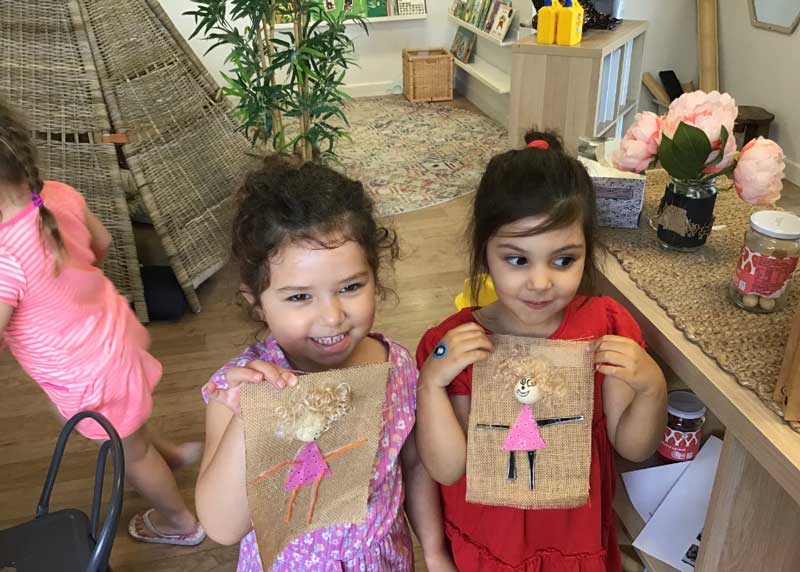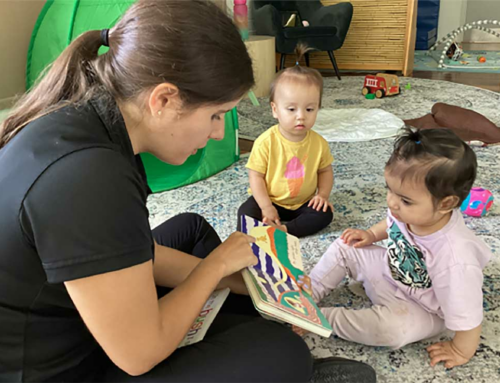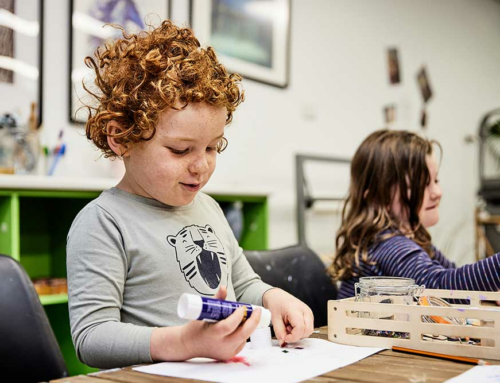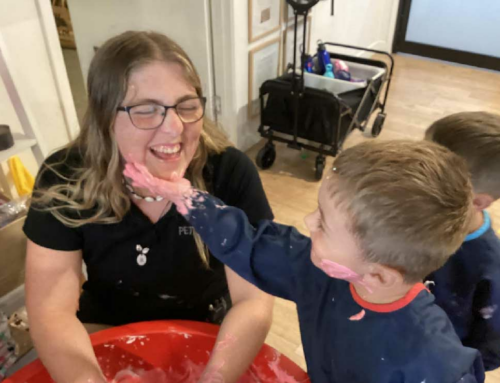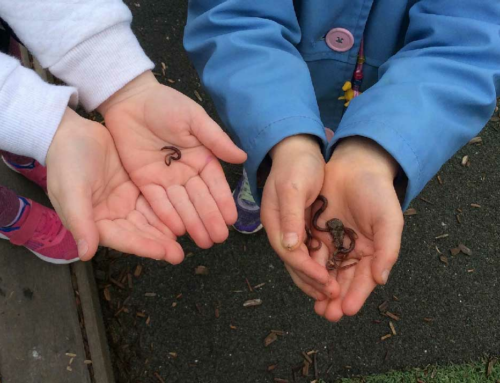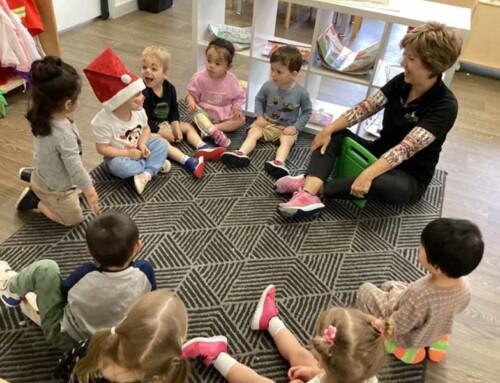Children thrive when we nurture their curiosity to discover more about themselves and their world. Their sense of identity and sense of belonging grows from their relationships and interactions with their families and community.
The first learning outcome of the Early Years Learning Framework is for children to develop a strong sense of identity. It is about who they are, how safe and supported they feel, their resilience and ability to collaborate and interact, where and how they belong in the world and the influence of their actions on it.
We can help children understand how they fit into the world around them by providing them with safe and secure experiences. This includes opportunities where they learn about people, places, and things outside of the home.
When children feel connected, they develop a strong sense of self. A child’s identity is not fixed but influenced by family, culture, community and experience. To support children’s sense of identity, we can encourage them to make friends, spend time with family and participate in their community.
We can give children many opportunities and experiences that will help them practise their social skills, build self-esteem and develop their confidence. When children feel valued and respected, it gives their confidence boost. In turn, they become better learners and problem solvers.
This article provides families with ideas for nurturing their child’s sense of self.
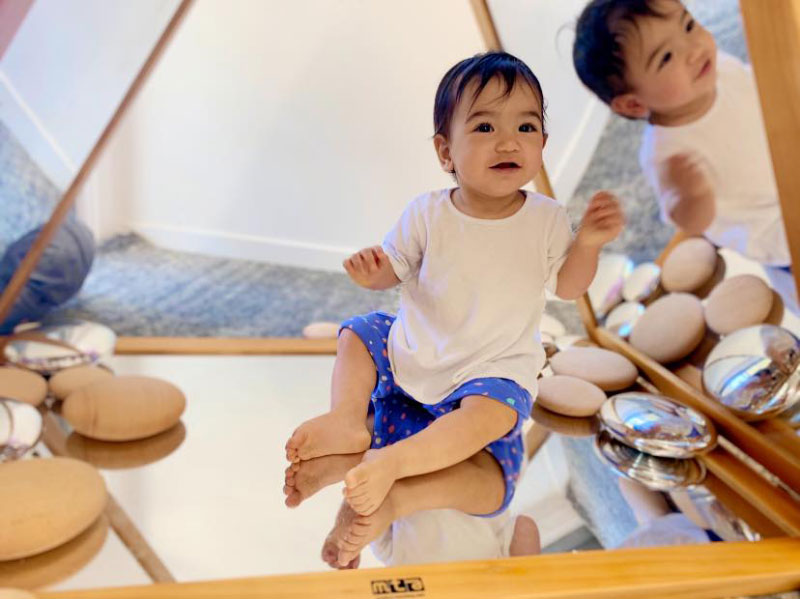
How to support your child to have a strong sense of identity
1. Very young children are driven by their senses. They are keen explorers who first begin learning about themselves and their bodies. You may see them explore their fingers and toes through sight, touch and taste. Putting their big toe in their mouth is part of their self-exploration.
2. As babies develop the ability to roll over, crawl and walk, they continue to explore their bodies and notice how different they may feel to other people’s bodies. When you play with your baby, they may grab your fingers. You can use sensory play with feathers, leaves and other natural and synthetic materials to grow their awareness of themselves.
3. As children grow, they become aware of their own likeness. You can encourage this exploration of their physical forms with mirrors. Some picture books include reflective surfaces as mirrors to inspire children to make inquiries into their physical selves.
4. Between the ages of one and two, children begin to differentiate their physical identity from others. You can show them photos of themselves with other family members. Identify your child by pointing at their image and saying their name, then identify others in the photo.
5. As toddlers, children begin to see themselves for the things they can do. Their self-awareness grows as they approach their second birthday. They learn from your display of delight, encouragement and enthusiasm at their attempts to do things.
6. Listen to and learn from your child about who they understand themselves to be. As their language grows, you can chat to them about their needs, environment, and what makes them feel comfortable.
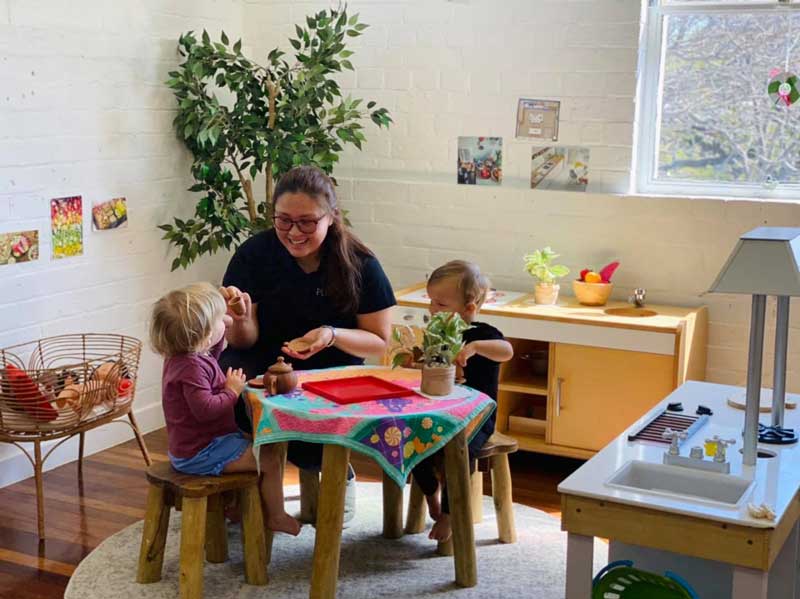
7. Language development is also a big part of their self-identity. When children move from making sounds to using pronouns such as I, you, me and my, it is a sign their self-awareness is growing. Many experiences encourage literacy and language development, including reading books, storytelling, role play and conversations.
8. When children claim things as their own, it is another step towards developing their extended self. This sense of ownership highlights emotional connections. Acknowledging what a child says or does creates a safe space for them to express themselves.
9. Encourage your child to make age-appropriate choices and decisions on their own. It will help improve their self-esteem and confidence.
10. Let your child try new experiences on their own, boosting their confidence and independence. For example if there’s a new climbing swing at the park that other children of the same age are using, give them the space to give it a go.
11. When solving problems, encourage your child to use trial and error to build resilience. For example, when solving a jigsaw puzzle, if they have trouble finding the right piece, encourage them to try again.
12. As your child’s learning disposition grows, they will go from playing alone to playing among and then with others. When they have disagreements with other children, first see if your child can find a solution on their own.
13. Children will frequently shape their behaviour and responses based on their interactions with others. When we show kindness, empathy and respect to others, our children will learn from what we do.
14. Introduce your child to your mother tongue or home language, culture and family background. You can also share these differences with your early childhood education and care service to encourage your child’s sense of identity and belonging.
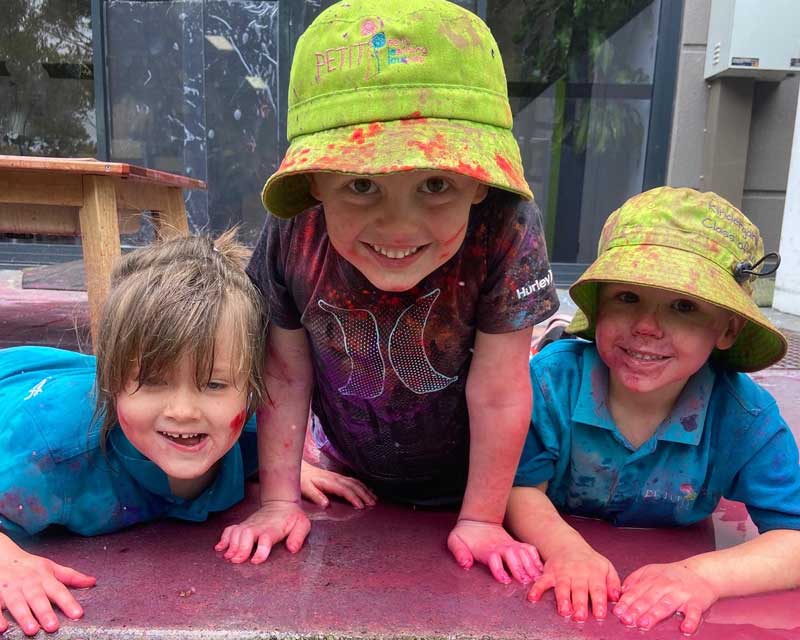
15. Encourage your child to explore their interests and develop new skills, abilities and pastimes. Check out what’s on in your local community that your child can join in. While some extracurricular activities may charge a fee, some councils provide free programs.
16. Organise playdates with other children. You can meet up with other parents at a park or invite children to come over to play. These create opportunities and experiences for children to explore who they are.
17. Seek out community-based experiences such as going to the local library or attending local cultural festivals where children can appreciate the similarities and differences between themselves and others. Participating in community experiences is a meaningful way for children to develop a sense of belonging.
18. Create opportunities and experiences where children can express who they are. Group activities that include roleplaying, art, music and dance are excellent ways for children to build an understanding of themselves.
19. Explore your community and world with your child. Take them on a weekend drive, train trip or walk to discover new things and places they might like to explore or try.
20. Create a memory box as your child grows that they can access and talk to you about what they find. A memory box can be a great conversation starter for talking to your child about their place in the world.
21. Share your child’s successes with other family members, your early childhood education and care service, friends and neighbours. When children hear how proud we are of their achievements, it boosts their confidence!
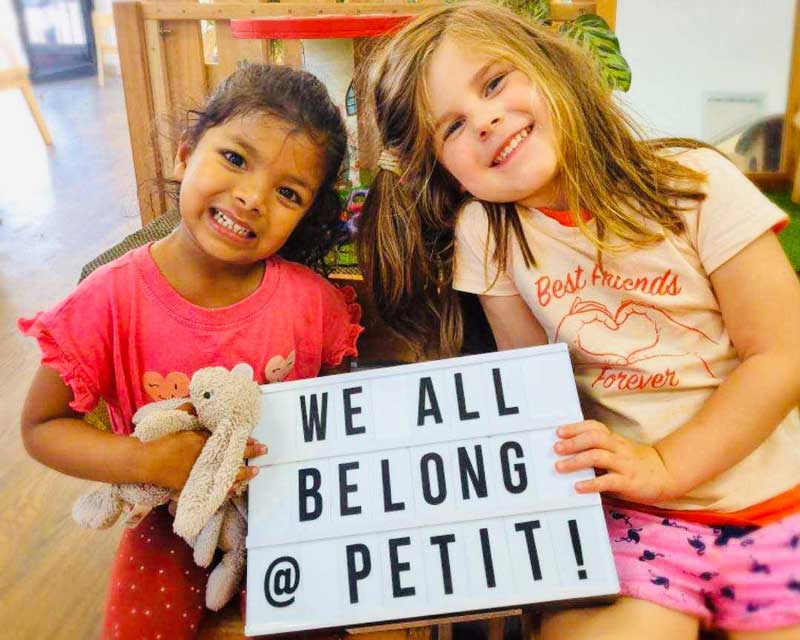
Give your child’s sense of identity a boost with Petit Early Learning Journey
Children always come first at Petit ELJ. We recognise children as people with the right to be heard, noticed and involved in the decision-making. Our educators value each child, creating genuine relationships that embrace each child’s strengths, ideas and capabilities to nurture positive self-identity and agency.
If you would like to learn more about our beliefs and how we partner with families to create a holistic learning program, book a tour with your nearest centre.
